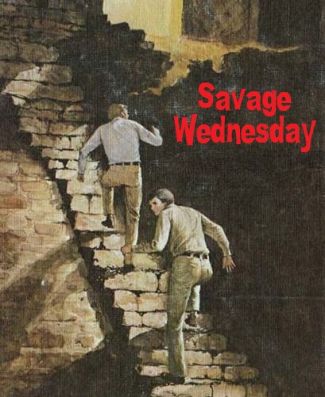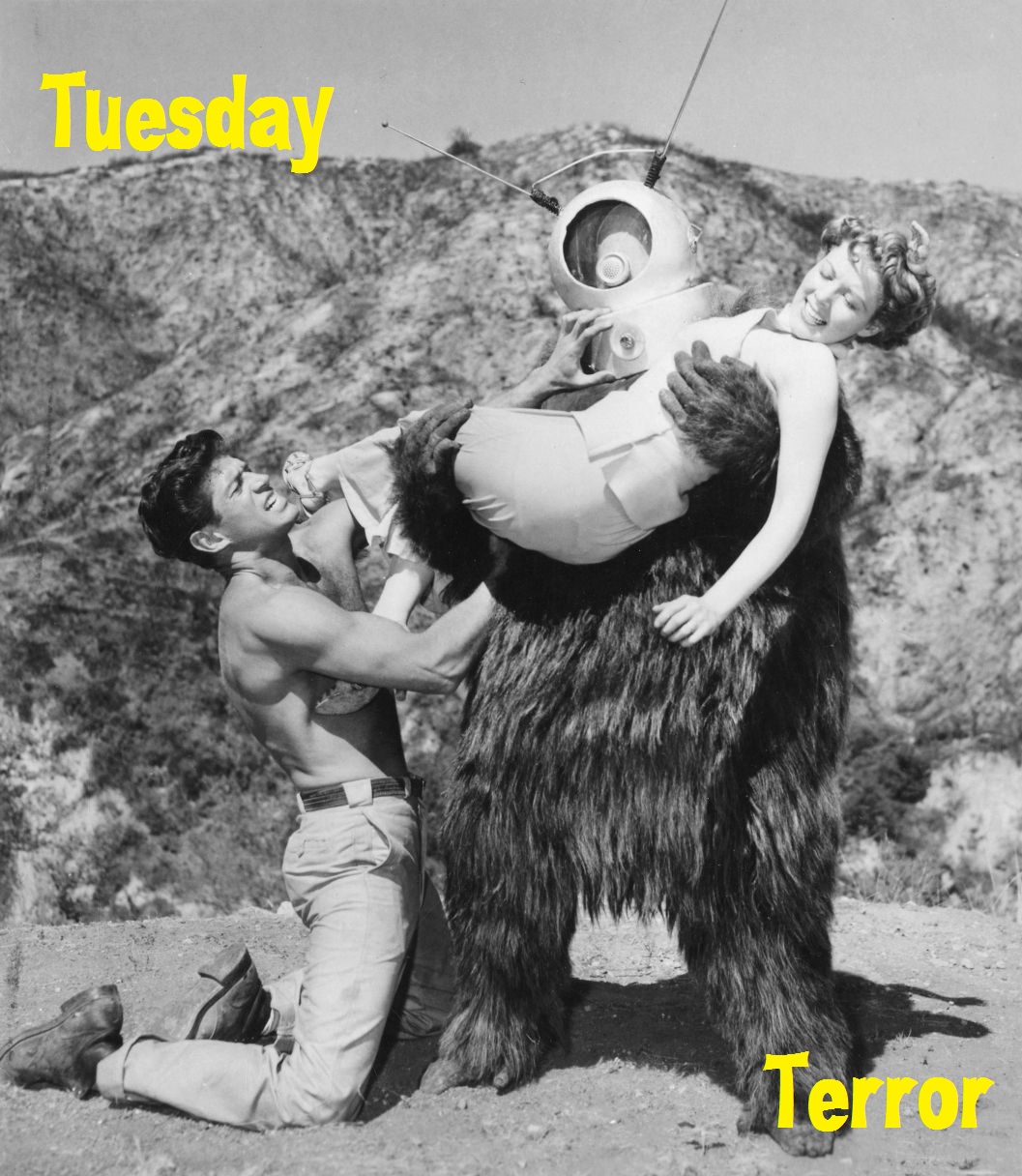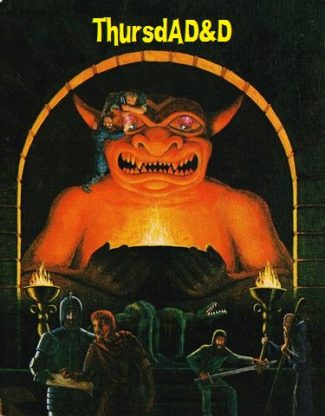Savage Wednesday: Deities of Aysle
Our campaign using Savage Worlds Deluxe Explorer’s Edition launched into its first full-blown adventure this past Saturday. I’m cobbling together material from Keep on the Borderlands and West End Games’s The Destiny Map for the scenario. Overall, it went pretty well, but there were some rough spots:

I’m not familiar enough with the rules yet. Parts of the session were the metaphorical equivalent of riding through town in a vehicle with a standard transmission and a driver who’s not quite savvy on how to change gears.
The concept of “encounter balance” completely eludes me. What I thought would be a moderately challenging conflict turned out to be nothing of the sort.
The players, some moreso than others, were a bit lost about what their characters can and cannot do, to include the implications of certain Hindrances.
That said, I do think things went reasonably well. One player is more familiar with the rules than I am, and he was a big help. The players seemed to enjoy the game. Our next session is in about two weeks. Before then, here’s my list of things to do:
Re-read and grokk the guidelines for encounter balance and combat ratings.
Adjust the upcoming conflicts accordingly.
Combine the two different sets of notes about the campaign into a single document.
Prior to the last session, I spent most of my prep time (such as it was) going back over the guidelines for powers. My first skim of the rules didn’t make much of an impression, but a deeper reading has resulted in an appreciation for the system. It’s simple and flexible. I think I’m most fond of the Trappings and their suggested related effects. Right now, we have one character — bounty hunter Dark Halo — with an Arcane Background. I need to insist that Dark Halo’s player be a bit more narrative with the effects of his character’s magic.
Which brings me to the fantasy world of Aysle in which the kids have found themselves transformed into fantasy heroes. One of the aforesaid documents details the races of Aysle. I’ll get around to posting the Google document link eventually. For this post, I want to look at a few of Aysle’s deities and muse about treating those deities as Trappings for Arcane Background. Aysle’s deities are divided into three groups: the Gods of Honor, the Gods Between, and the God of Corruption. Here’s one of each.
Dunad
Major God of Honor
Dunad was once human. He freed his people from slavery at the hands of the giants. In the process, he brought magic to Aysle after he ventured beyond the Limit and returned with Aurel, a powerful magical sword. After defeating the giants, Dunad shattered Aural in the Valley of the Sword, unleashing magic into the world.
Trappings: The most appropriate Trappings for Dunad are Fire/Heat and Light. Dunad also represents Life.
Courage: All natural, living creatures have a level of Arcane Resistance versus the power, but unnatural creatures (including the Undead) must make Fear checks when hit with it.
Infuse with Life: A raise on the roll provides a -1 to be hit by Undead as they are less able to bring their strengths to bear against the subject.
Soul Sparks: Ranged attacks give off sparks of soul force that do +1 damage versus armored targets but -1 damage versus unarmored targets.
Minthod
Major God of Balance
Minthod appears as a huge minotaur, and he is a the deity most favored by the Half-Folk of Aysle. Minthod’s domain is the Land Between, and his followers seek balance between Honor and Corruption. Minthod is patient and reserved.
Trappings: Minthod prefers to be unnoticed. Darkness is an appropriate trapping. He is also associated with Rock.
Rocky Hide: Subjects affected with a raise by a beneficial power gain patches of protective rocks that provide AP +1. An attack that gains a raise ignores this additional protection.
Steadfast: Beneficial powers root the target more firmly on its feet at a cost a +1 Power Point. This reduces Pace by -2 but grants a +2 to resist being grappled.
Tremors: Harmful powers cause the ground to shake and buckle. The target has to make an Agility roll or be at a -2 Parry until his next action.
Arthuk
Major God of Corruption
Arthuk, a warlord giant, led the giants who enslaved Upper Aysle during the time of Dunad. In a fearsome battle, Dunad slayed Arthuk, but the giant triumphed over death to become the principal god of corruption. Arthuk seeks to bring Corruption to all, especially to those who live with Honor.
Trappings: Cold/Ice and Necromantic are Arthuk’s most appropriate Trappings. He is also a god of War.
Bleed: A harmful power that causes damage reduces its die type by one. On the next caster’s next action, unless counteracted by healing of some sort, the target suffers one less die of damage from bleeding. For example, a bolt does 2d6 damage normally. With the Bleed effect, it would do 2d4 damage, and the target would suffer 1d4 damage on the caster’s next turn.
Fury: Beneficial powers imbue the target with bloodlust. The power costs +1 Power Point to cast, but on a success add +1 Fighting for the duration of the power. On a raise, increase Fighting one die type for the duration of power instead.
War Cry: A raise with the power results in a Fear check at a cost of +1 Power Point.


